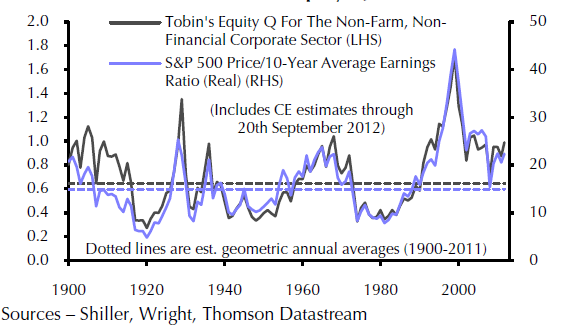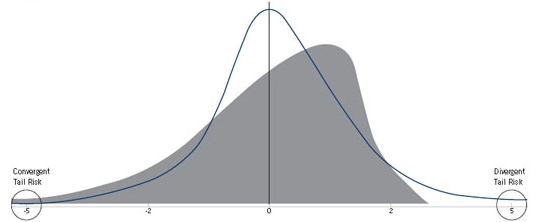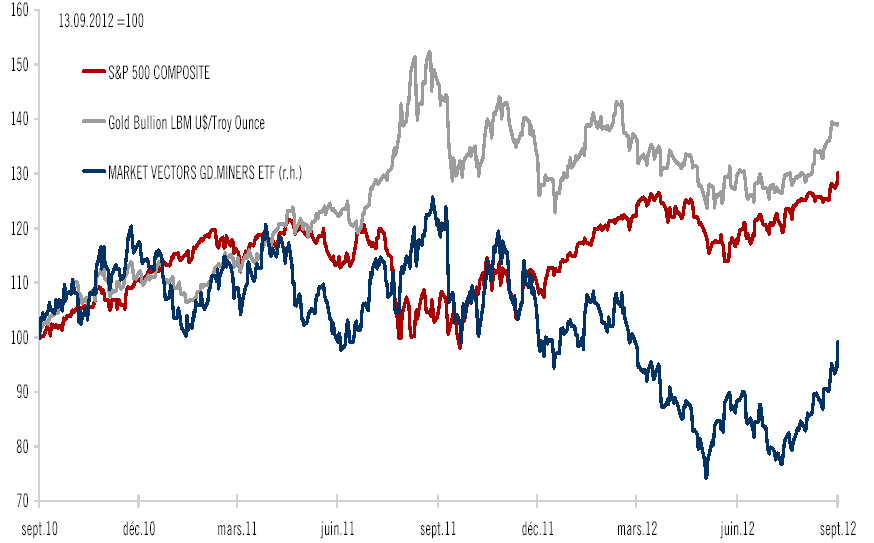What is a koilogastor market? One interpretation could be a market characterized by gluttony and voracity. Another could be a market whose womb is empty while declaring that a baby is forthcoming. For the purpose of this commentary a koilogastor market is a market whose gluttonous womb is empty and needs continuous shots to sustain the façade of an expected and healthy delivery.
As long as the applied policies do not address the causes of credit over-extension based on questionable rephypothicated collateral, the toxic derivatives of $650 trillion remain unregulated, the debt (both private and public, and especially bank debt) remains un-restructured, and the unfunded liabilities remain in a status quo situation, the market will remain in a koilogastor stage.
The applied policies (primarily regulatory, policies related to international imbalances, as well as monetary and fiscal policies) act as band aids to cover up the traumas, and exaggerate the fundamental value of the market. The current Cyclically Adjusted Price-Earnings ratio (CAPE) signifies a market that is overvalued by at least 30% according to Tobin’s Q historical ratio (black line). The following graph (from Capital Economics Global Markets Update) shows that overvaluation and it also demonstrates that at current levels the CAPE is almost 45% higher than its geometric average over the course of the last century (blue line). Even when we try to adjust for purchases of intangible assets – that may have reduced the corporate earnings and thus artificially increased the P/E ratio – the CAPE is still overvalued and out of balance.
We are of the opinion that the currently applied policies boost the CAPE (cyclical bull in an otherwise secular bear market that needs to go sideways), misprice/overvalue securities and thus dislocate the markets risks. We do not doubt that these policies can raise the ratios/valuations even higher, however our main concern is that the mispricing of risks and assets distorts the ability to address the causes of the problem and increase the probability of a hard landing which in turn will make paper wealth to evaporate pretty quickly. The absence for an appetite to address infrastructure and human capital issues make the situation even worse, since it undermines the ability to awake dormant assets that could indeed underwrite growth potential. On the contrary the fiat money explosion will bring the mispriced assets to an abrupt end without allowing proper deleverage to take place.
At this stage the great majority of Treasuries is absorbed by the Fed (ECB is on its way to the same port) which points to either inflationary pressures building up (when the reserves start leaking into the market) or to haircuts in the central banks’ balance sheets. In either scenario the credibility of fiat money will suffer, which in turn will boost the prospects of hard real assets. The whole series of policies (but especially the zero-interest rate policies) dislocate risk from its natural equilibrium and transfer it to the public or semi-public sector. This results in the suppression of risk premia, which in turn becomes the seeds that build paper bubbles. Hence, this dislocation (as shown below) boosts the bonds’ bubble and misprices paper assets.
The shaded area above signifies the bubble in paper assets. In conventional portfolios the convergence tail risk tells the story of the dislocated risk on the downside, especially when hell freezes over the market again. That’s why portfolios need exposure to the divergent tail risk, where correlation with the market is lower.
Practically speaking, we would not be surprised if in the current climate we start observing a reversion to the mean relationship between the S&P 500, gold, and gold miners. That relationship as shown in the following graph is characterized by the gold miners being traded at a discount to the NAV (net asset value) of their reserves.
The koilogastor market cries out for some substance. Ode to hard assets!



